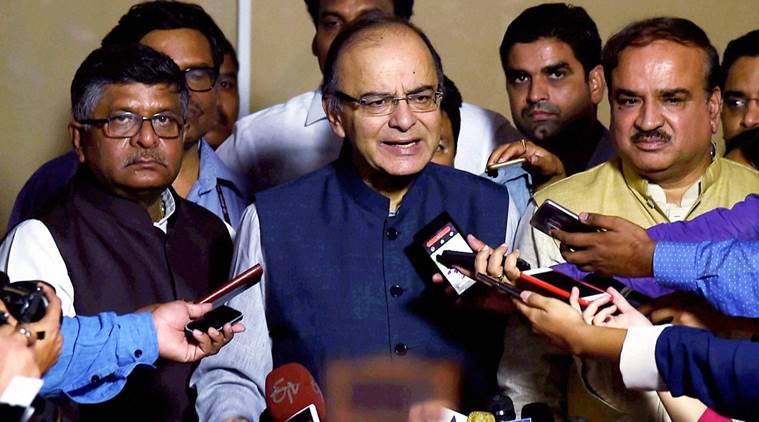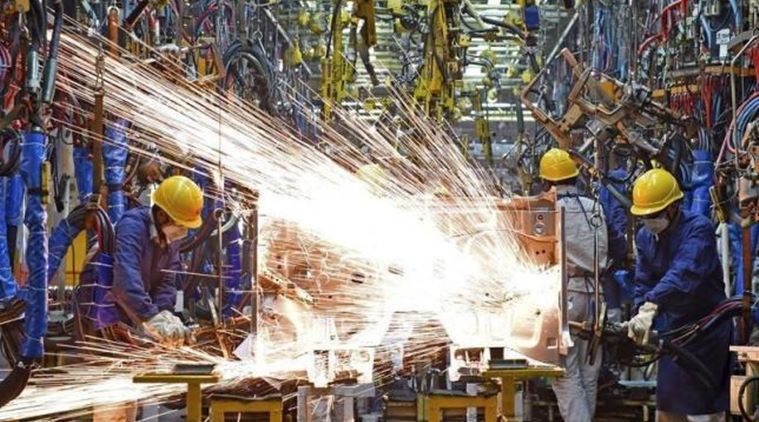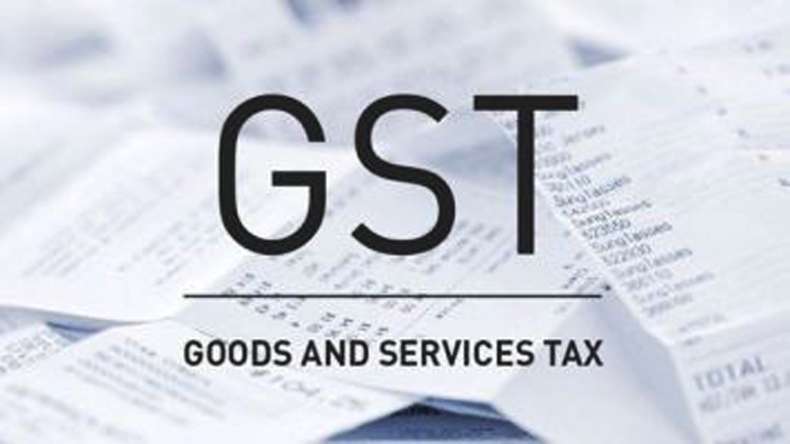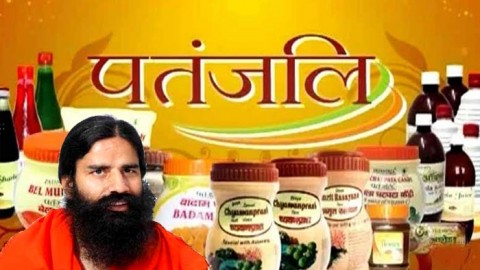As the Finance Minister pointed out the pooling in of sovereignty and not surrendering the sovereignty, 203 were seen voting in the favour of the GST bill. After the Parliament Affairs Minister announced that the “mood is in the favour of passing the bill”, it had been sensed that the cabinet would approve the key changes in the GST bill, intrinsically laid down by the Congress Government, the current single largest party in the Rajya Sabha-the upper house.
It is now being said that the passage of the GST bill is one of the most significant economic reforms since the liberalisation.
The Goods and Services tax can be metaphorically compared to a single filter that will blend India to a one, uninterrupted common market.
“It is a single tax on the supply of goods and services, right from the manufacturer to the consumer”: The News Minute reported.
History
To trace the history, sixteen years ago, Atal Bihari Vajpayee was the first person to ask for an uniformed taxation model from the Empowered Committee, which was headed by the then Finance Minister Asim Dasgupta. Three years later, in 2003, it was the former finance secretary Vijay Kelkar of the Kelkar Committee who was seen proposing an identical tax policy.

Image Source: PTI
As trenchant as it might sound, but the Congress pioneered to introduce this bill in 2006. However, it was rejected on terms of several glitches by many BJP governed states, including Gujarat, which was then under the leadership of Narendra Modi. During the discussion in 2007, former Finance Minister, P Chidambaram, had announced that the GST bill would be passed in 2010, wherein the Empowered committee of State Finance Ministers would be responsible in drawing a blueprint.
However, in 2010, when the GST bill got back in the light of conversation by the UPA government, a few BJP ruled states were seen to be ambivalent about its implementation form April 2011.
On the political terms, the passage of the GST bill is equally crucial as it stands on the economic terms for Prime Minister Narendra Modi and his government. The passage of this important bill is also a pat on the back of the Modi Government, when they imply that they might even consider taking long steps for a vital policy.
“GST shows that the relationship between the Modi government and the Opposition particularly Congress has improved. It definitely suggests this relationship is better than a year ago,” said a government member.
The transformations in this bill are something to be pondered on. This bill has been an evidence on the satisfaction of the amendments suggested by political parties. The drop of 1 per cent additional tax and giving legal support to compensation that the states would get for the loss of revenue upto 5 years, are some of the amendments agreed upon. Another outstanding suggestion put forward was the adjudication of dispute, if any, between the states; would be dealt with a mechanism proposed by the GST council.
Since this is going to lead to a making of an independent market, doing business is going to swell, with an ease in the process of logistics and economisation of costs from all the companies across many sectors in the country.
While some will be named winners – as they will gain more with the GST rate lowering than the current tax rates – others might lose as the rate will be higher than the current one. Though the rate of GST is yet to be finalised, the industry is looking forward to an 18 per cent rate as counselled by a government panel.
The direct effects:

Image: REUTERS/Stringer
1. The duty on manufactured goods is going to be going up form 14 -15 percent to 18 percent; meaning the cost of electronic goods will be seen to be rising especially, the mobile phones and laptops.
2. Construction materials like cement, currently undergoes an effective tax rate of 25 per cent. With the execution of the GST at 18 per cent, it is expected to lead to savings in the transportation costs. Service tax on the airfare is currently ranging between 6-9 percent.
3. At the expectant 18 per cent rate, flying is about to become expensive as the service tax will be seen replacing by the GST. Insurance policies, viz. life, heath, and motor will eventually cost more form April 2017 as the taxes are expected to rise up by 300 points.
4. India is about to be promised some serious entertainment at some lower rates; as taxes are expected to be going down by 2-4 per cent. It may lower ticket price. It will also be considered to be a blessing for the film producers and studios, as they will be able to claim the input credit on the creative services, bringing the overall cost down.
5. Unfortunately, the call charges and the data rates will be seen going up if the GST rate crosses any more than 15 per cent.
6. E-commerce will be seen at its best, will India becoming one whole economic entity, it will allow the free movement of the supply of goods in every part of the country. The customers too will be seen be to consuming the goods at efficient product costs. However, this bill will be seen as a catalyst to be burdening on the mundane work of administration, documentation, which may raise up the costs.
As far as the levitation of the GST is concerned, the state and the centre GST, the SGST and the CGST will be levied concomitantly on every transaction of the supply of goods. Both are expected to be levied at the same price or value.
Still not passed, but many steps to be conquered:

Image: REUTERS
1. The future prospects of the bill now include the sending of the bill to the Lok Sabha, the lower house for the ratification of the amendments made in the Rajya Sabha. Since, BJP occupies the majority in the Lower House, a quick clearance is obvious.
2. After the clearance from the Lok Sabha, the bill will be sent to the state assemblies for their clearance. This is quite a vital step, as at least 50 per cent of the 29 states, i.e 15, should approve the legislation. 13 states under the influence of BJP are expected to rule it out.
3. The legislation will be then sent to the President, that’s how this bill will turn in to a law, by the intended deadline of 1 April, 2017.
4. The formation of the GST council should be essentially consisted of representatives from both the centre and the state. All this should be done within 60 days of the enactment of the bill.
5.Three more laws are yet to passed, the Central GST (CGST), Integrated GST (IGST) and the State GST (SGST), the former two are in the hands of the Central government while the latter in the hands of the state assemblies.
Tags: GST GST impact india what is GST







